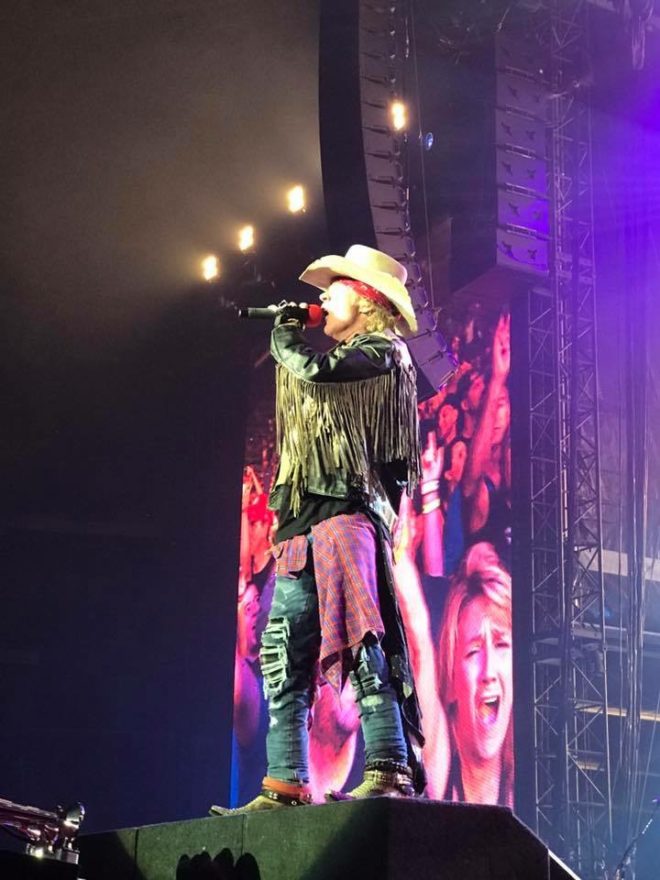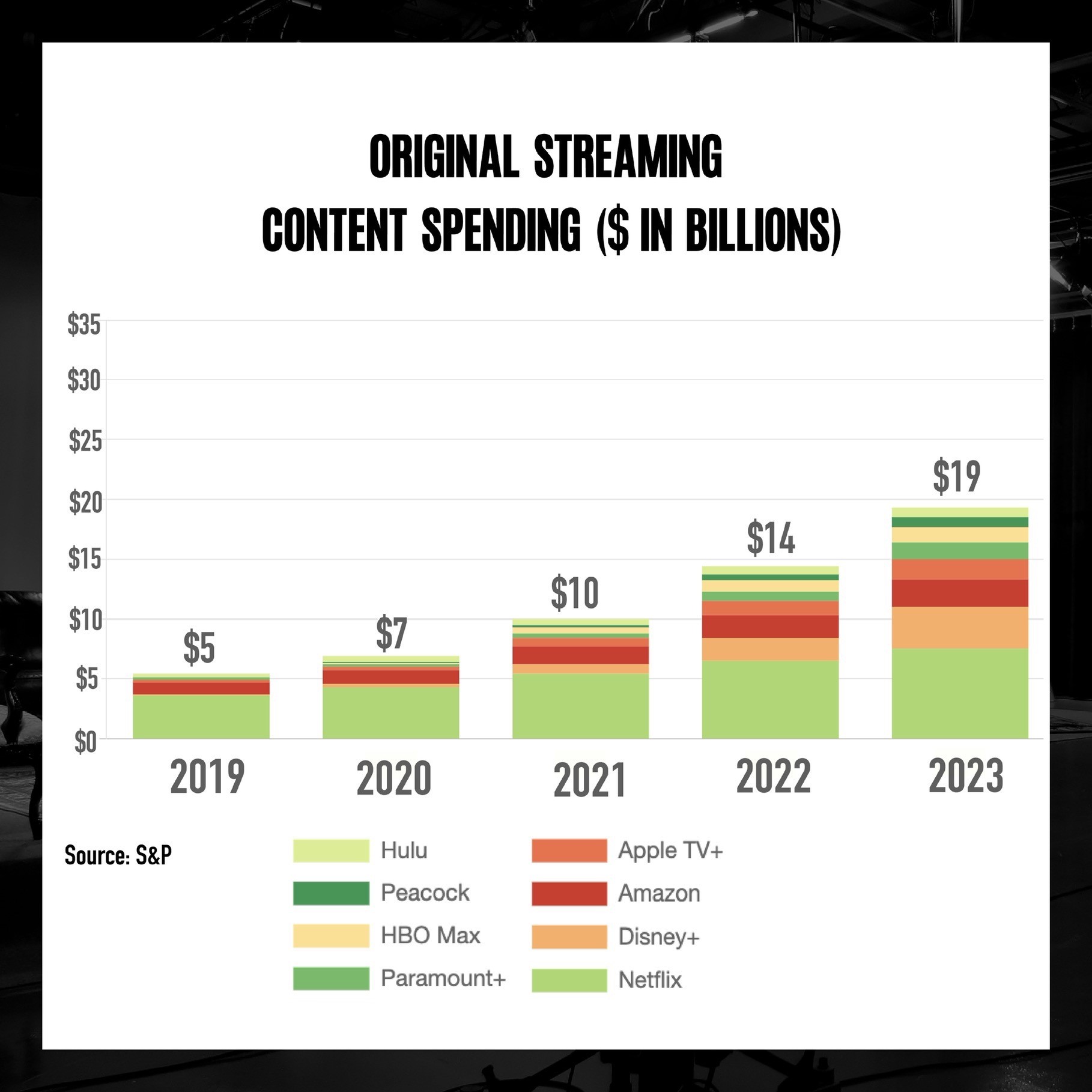‘.. Be sure that you have not reduced the filesize to the point where the audio has become mono – PRESERVE THE STEREO AUDIO..’ So read an important instruction I followed to the letter of the law, in the final assignment of my Music Supervision class at The Berklee College of Music. Professor Brad Hatfield, Emmy Award winning composer and creator of the Music Supervision program at Berklee demands excellence in the music of sound! I couldn’t agree more! Hence my recent purchase of Bose Soundtrue-ultra-in-ear-headphones-apple-devices. ‘..headphones designed so nothing will get between you and your music… At a retail cost of $129.95? Yes. Boes is in the music business. Apple is not. Where is this leading? The quest to find the best quality audio possible delivered at home and on a mobile device! MQA. Master Quality Authenticated. What is MQA? So glad you asked! Let me paint the canvas for you.
The very first 45 I bought was “That’s the Way I Like It” by KC and the Sunshine Band. Next came “Fly, Robin, Fly” by Silver Convention. These two hits traded the #1 and #2 spots on the Billboard Hot 100 in December 1975. My enduring love affair with all things music began with U.S. Top 40 Terrestrial Radio and Vinyl Singles. Every Friday I went to the Plaza Department store, eager to plunk down $1.04 for the latest chart topping single. I should note that since I moved to the land of music and sunshine this summer, I actually met a member of KC and the Sunshine Band, keyboardist Robert E. Lee! If you’re an “indy” recording artist, you must check out his unique operation at Creative Studios LA in the heart of North Hollywood’s famed Art District.
As my musical tastes continued to form in the 70’s and 80’s, I amassed a pretty extensive Vinyl collection from singles like The Bay City Roller’s “Saturday Night” and Queen’s “Bohemian Rhapsody” to well over 200 albums. My very first Vinyl LP was Meatloaf’s “Bat Out Of Hell”. Led Zeppelin, The Rolling Stones, Aerosmith, and yes of course Guns N’ Roses followed. I would like to personally thank my parents who supported my Rock&Roll love affair by letting me join the Columbia record club, where you could purpose a gaggle of 10 albums or so for 1 cent, and commit to purchase x amount more over 3 years. Who remembers that?
The quest to fill my world with epic musical masterpiece of course grew from there! I’ll never forget the day I convinced my mom to buy me my very first stereo console system, complete with equalizer and real speakers, where you actually had to plug in the speaker wires! It was like a right of passage and I felt invincible! In my first year of college I bought my very first full rack system made up of actual components! My heart rocketed to the moon and let me tell you there were many rockin’ parties on the 8th floor of Tower A at Hofstra University!
By the time I graduated from college in 1987, vinyl sales in the US had dropped by more than half since I had graduated from high school, and the world was introduced to the first digital audio format, the compact disc. By 1999, the industry soared to record high revenues on commanding sales of the compact disc, with a file format that consists of two channels, signed 16-bit Linear PCM (pulse code modulation) sampled at 44.1 kHz, basically setting in motion transformative change of the audio file format from analog to digital.
And so begins the debate on the music of sound! The Compact Disc Digital Audio format was developed by Sony and Phillips in the 1980’s and is the Red Book audio standard for encoding music on CD’s. While you can certainly argue that the CD is more durable than a vinyl phonograph record, there is endless debate as to the quality of sound between the two. From a technical aspect, it boils down to two things, how much space is available, and the level of noise discernible to the human ear. From a pure musical aspect, ask critically acclaimed and legendary guitarist Slash, who decidedly prefers analog tape to existing digital formats. Check out this very up close look of the entire in-studio recording process of his 3rd solo album “World On Fire” with Myles Kennedy and the Conspirators. Slash Real to Reel Drummer Brent Fitz tell us “…The most important thing for Slash and the rest of us is to capture a vibe that is almost a forgotten art form, which is recording to two inch analog tape… The music is what speaks the most….” Slash goes on to say, “It’s one of the few band oriented up and running Rock&Roll studios in town.”, referring to NRG Recording Studios in North Hollywood where recording to two inch analog tape is still an option. Studio Barbarosa in Orlando, Florida is another.
To be fully transparent, while Brad Hatfield’s Music Supervision class has provided me a basic primer in music editing and audio file formats, I have no formal expertise in this area. What I do understand is that the maximum frequency at which humans can hear background noise is 20 kHz. The experts at Sony and Phillips determined that the sampling frequency of the compact disc audio file must be greater than twice the maximum frequency. They arrived at 44.1 kHz.
Of course the recorded music industry was turned upside down and forever changed in 1999 when technology internet firm Napster arrived on the scene and introduced a peer to peer file sharing internet service that created a mechanism to exchange music in a new MP3 format that, among other things, accelerated the continued erosion of sound quality. The MP3, designed by the Moving Picture Experts Group, and further developed for audio by several teams of engineers at The Centre for the Study of Television Broadcasting, Matsushita, Phillips, Sony, AT&T, Bell Labs, and others, is a patented digital audio encoding format that uses a form of lossy data compression. Basically this means that certain parts of the sound are compressed and the result is music that is not full quality audio. The compression is needed for the audio file to fit on a digital delivery medium, and the feeling was that most people will not notice the difference in sound quality. Additional formats have since been developed. iTunes downloads utilize the AAC format, generally regarded as higher quality than the MP3, yet still not considered full quality audio, also a compressed format. WAV and AIF formats have no compression, also referred to as lossless compression, and are considered full quality audio. ALAC and FLAC formats are also forms of lossless compression for storing digital audio, but they’re generally much smaller in file size than WAV and AIFF files, hence more practical for downloads and streaming. They are considered “High Definition Audio” formats.
Fast forward to 2014 and newly patented digital audio technology MQA is about to revolutionize the music listening experience by delivering “better than full quality audio”! Bob Stuart, founder of Meridian Audio, launched MQA (Master Quality Authenticated), a revolutionary British born technology poised to change the way people enjoy music! From the same country that gave us the British Rock invasion in the 60’s and beyond, this breakthrough technology will reverse the trend, in which sound quality has been continually sacrificed for convenience. MQA allows listeners to experience every intricate detail the microphone heard, offering music fans the purest ever sound! In 2016, MQA recruited Warner Music Exec Mike Jbara to lead the newly spun off firm.
How does MQA work? MQA starts by capturing 100% of the musical performance. It then cleverly adapts to deliver the highest quality playback your product can support. After capturing the performance, MQA “folds” the audio file to make it small enough to stream. They call this “Music Origami” and it can be fully approved in the studio. Next comes the “unfold” process where the first level of “unfold” recovers all the direct music related information. Output is 88.2kHz or 96kHz. Products with a full MQA Decoder deliver three levels of “unfold” and the music listener is hearing exactly what the artist created in the studio. I’m told it’s incredible!
I can tell you with first hand experience, that MQA sound at the first level of “unfold” is amazing! Nugs.net, a firm dedicated to delivering the highest quality audio for live performances of many well known Artists, has partnered with MQA and currently offers Springsteen and Metallica concerts in full MQA format. I purchased a Hi-Res MQA Download of the 1/27/17 live performance of Bruce Springsteen & The E Street Band in Perth, Australia. Promise me you’ll do the same and listen to Bruce and his band perform the epic classic “Because The Night”, he co-wrote with the legendary Patti Smith. Even on a basic smartphone, at a default sample rate of 44.1kHz, it will blow you away! See how many instrumental stems you can hear! At the very least, ask me for a listen the next time you see me. I can’t wait to see the expression on your face! For the music production folks reading this, you can bring it a step further by loading the album into your DAW and adjust the sampling rate to 96kHz. I used Amadeus Pro.
MQA at its most primitive level will bring you to your knees. Please look at the Spectrum graph below. The pink highlighted region represents additional musical sound and texture you will experience at a basic minimum MQA level of play. I can’t even imagine what it will be like at the full three levels of “unfold”! I won’t have to wait long. MQA has just partnered with LG to deliver the very first global MQA smartphone the LG V30!
And earlier in the year, MQA and Universal Music Group entered into a multi-year agreement to encode UMG’s extensive catalogue of master recordings in MQA’s industry leading technology! Imagine listening to some of the greatest Artists in the world, in the very best high definition audio format? I’m hoping this will include all the labels under the Universal Music Group umbrella that include legends like The Beatles, The Rolling Stones, Lady Gaga, U2, Bob Marley and Guns N’ Roses, to name a few. Incredible! I’ll bet the GN’R guys would approve! MQA and UMG collaboration.
Speaking of epic musical masterpiece, I’ll leave you with this live fan favorite from the opening night of the U.S. leg of the 2017 Not In This Lifetime Tour. Extraordinary musical genius absolutely committed to the very best in audio fidelity! How many instrumental stems can you hear? Perhaps the lovely thoughtful teams at MQA, Nugs.net, and Guns N’ Roses will provide us the opportunity to experience this in ultimate exquisite sound form, as it should be. Check out the big screen on the left side of the stage, you might recognize someone you know at 9:19 and 9:46. Enjoy!
Knockin’ on Heaven’s Door Live St. Louis 7/27/17
Feature image credit: Thank you to one of the awesome fans from the “GnFnR Fanspot #NotInThisLifeTime fan group for sending me this incredible photo, taken at extraordinary timing from the other side of the PIT; and to Margott Hinostroza for creating this wonderful worldwide network of GN’R fans!




